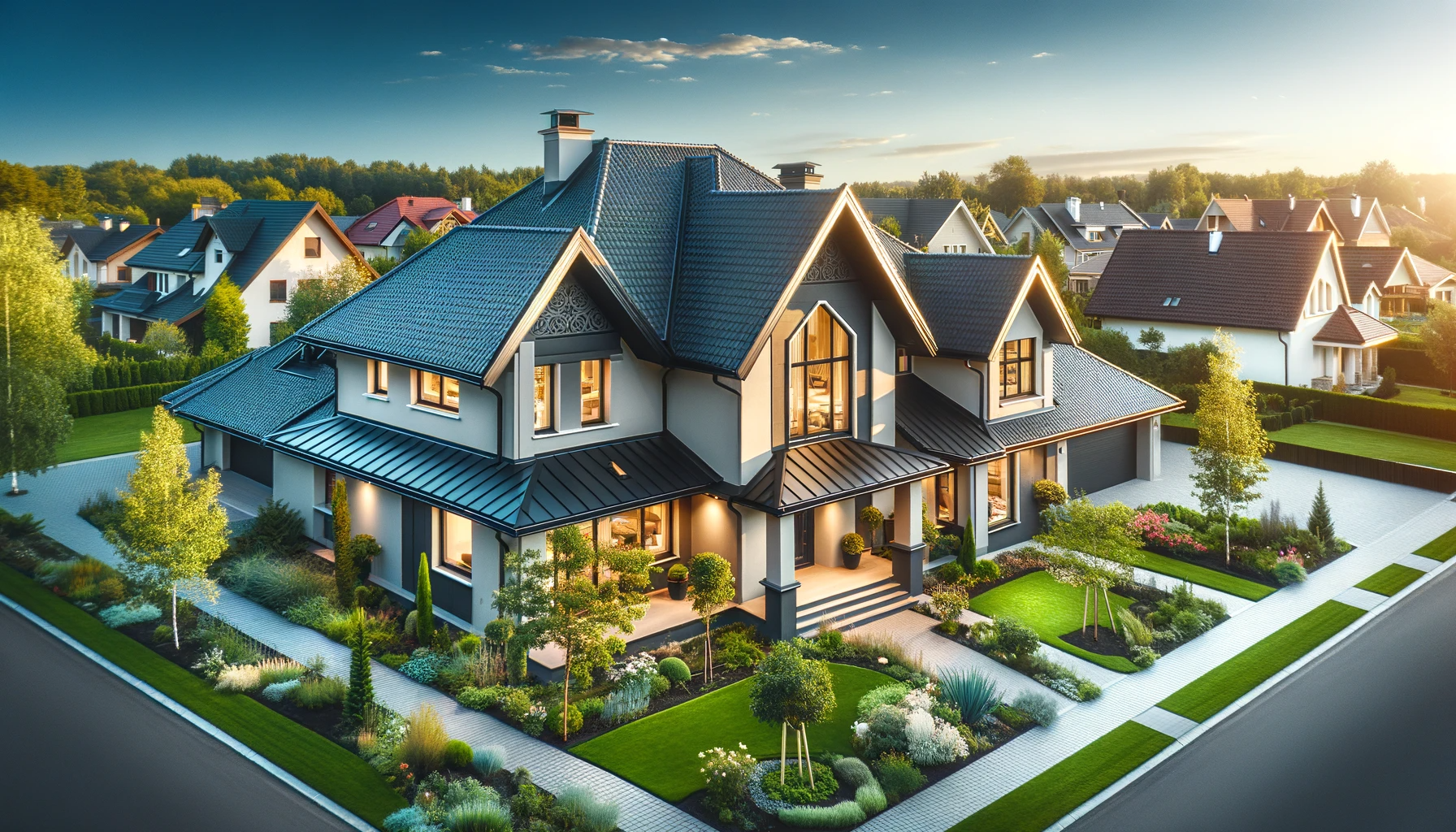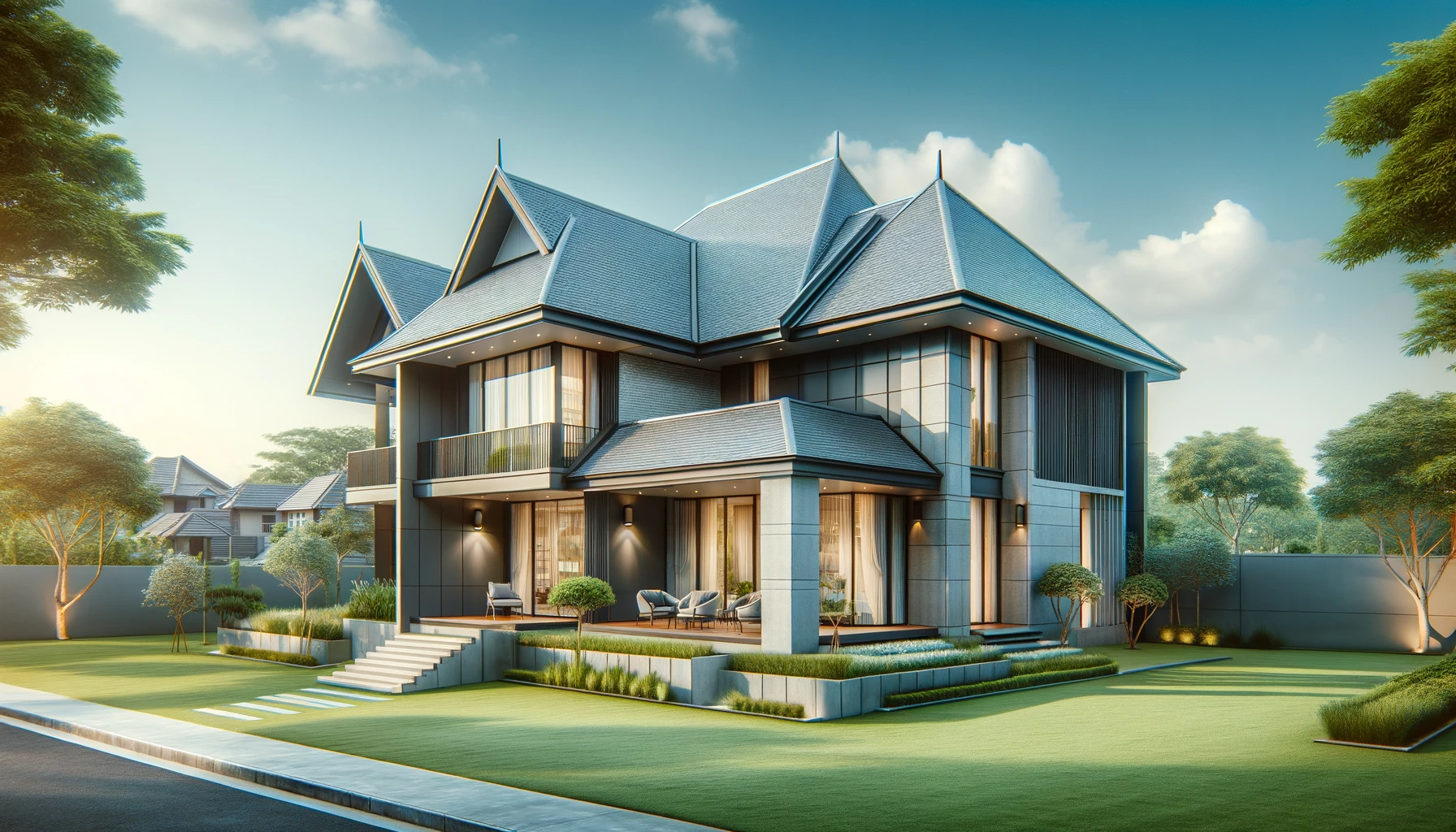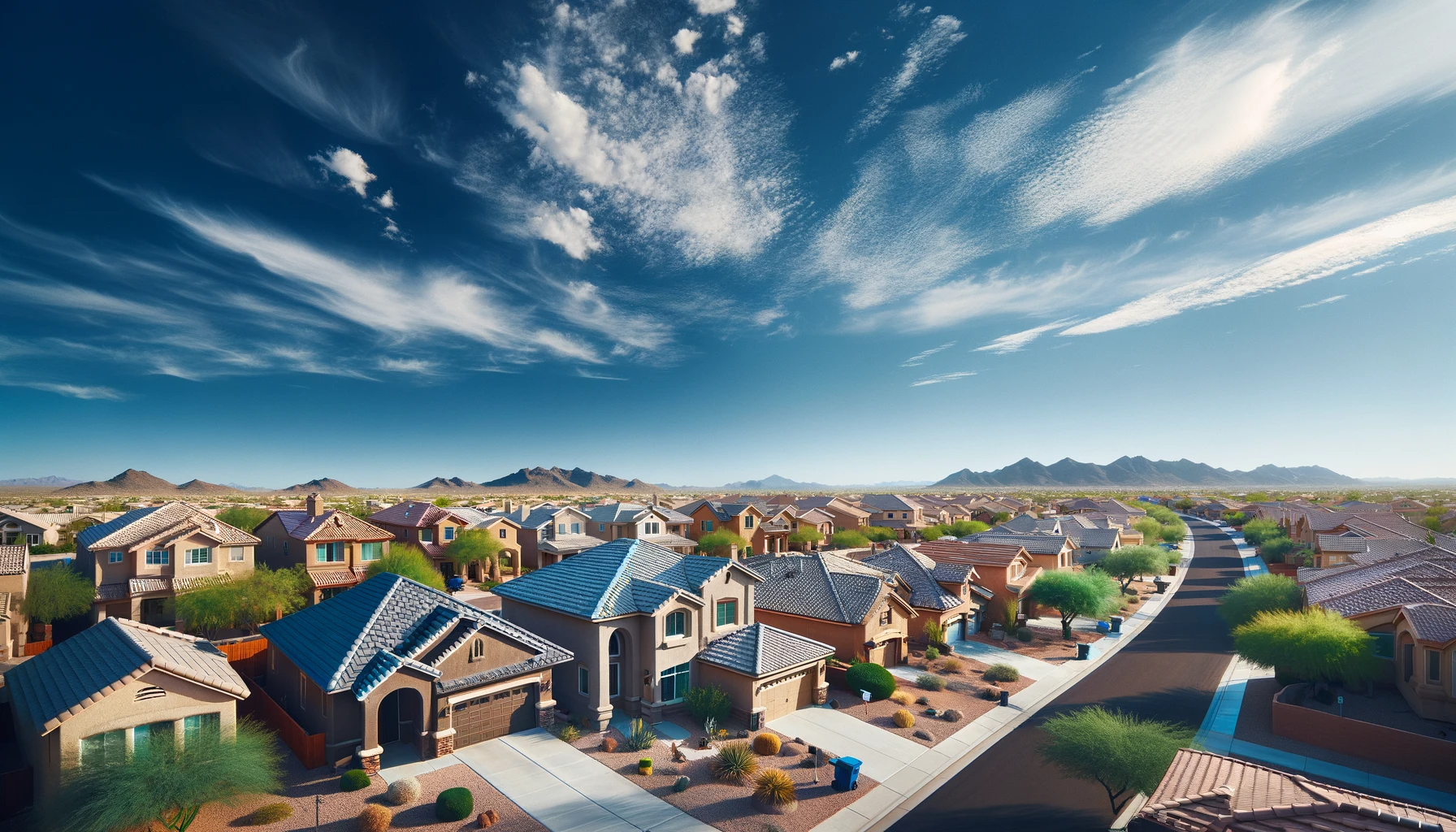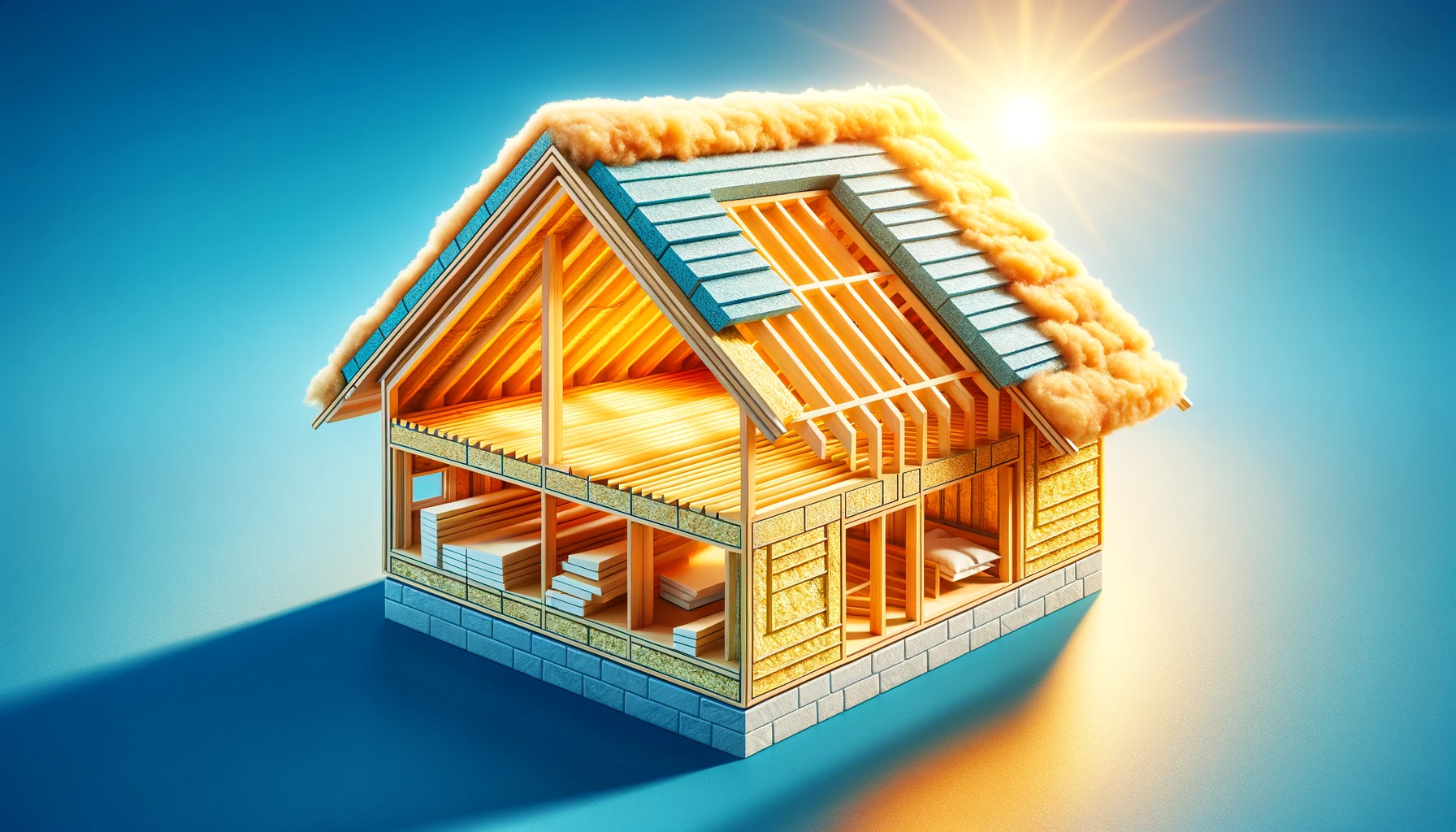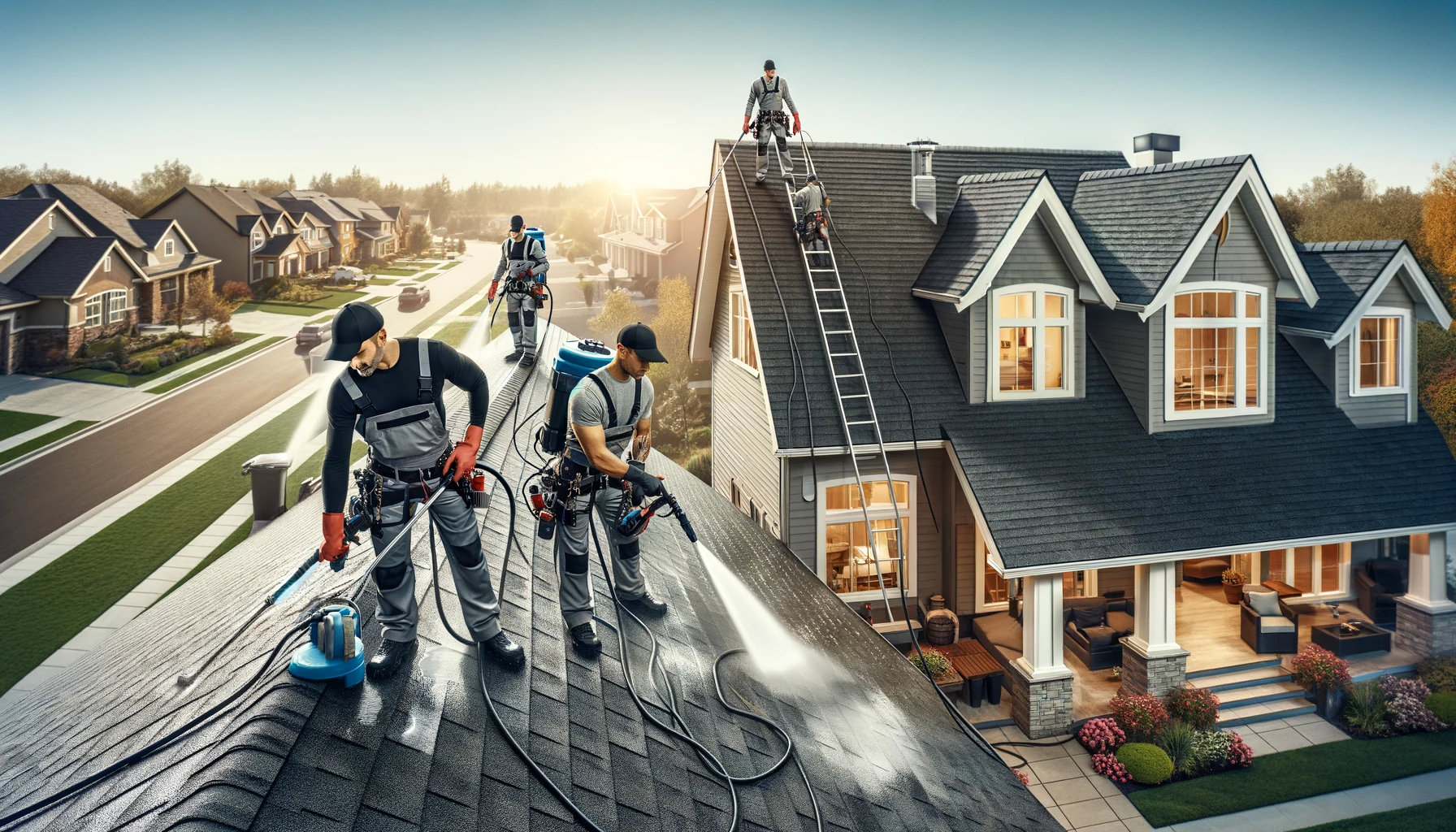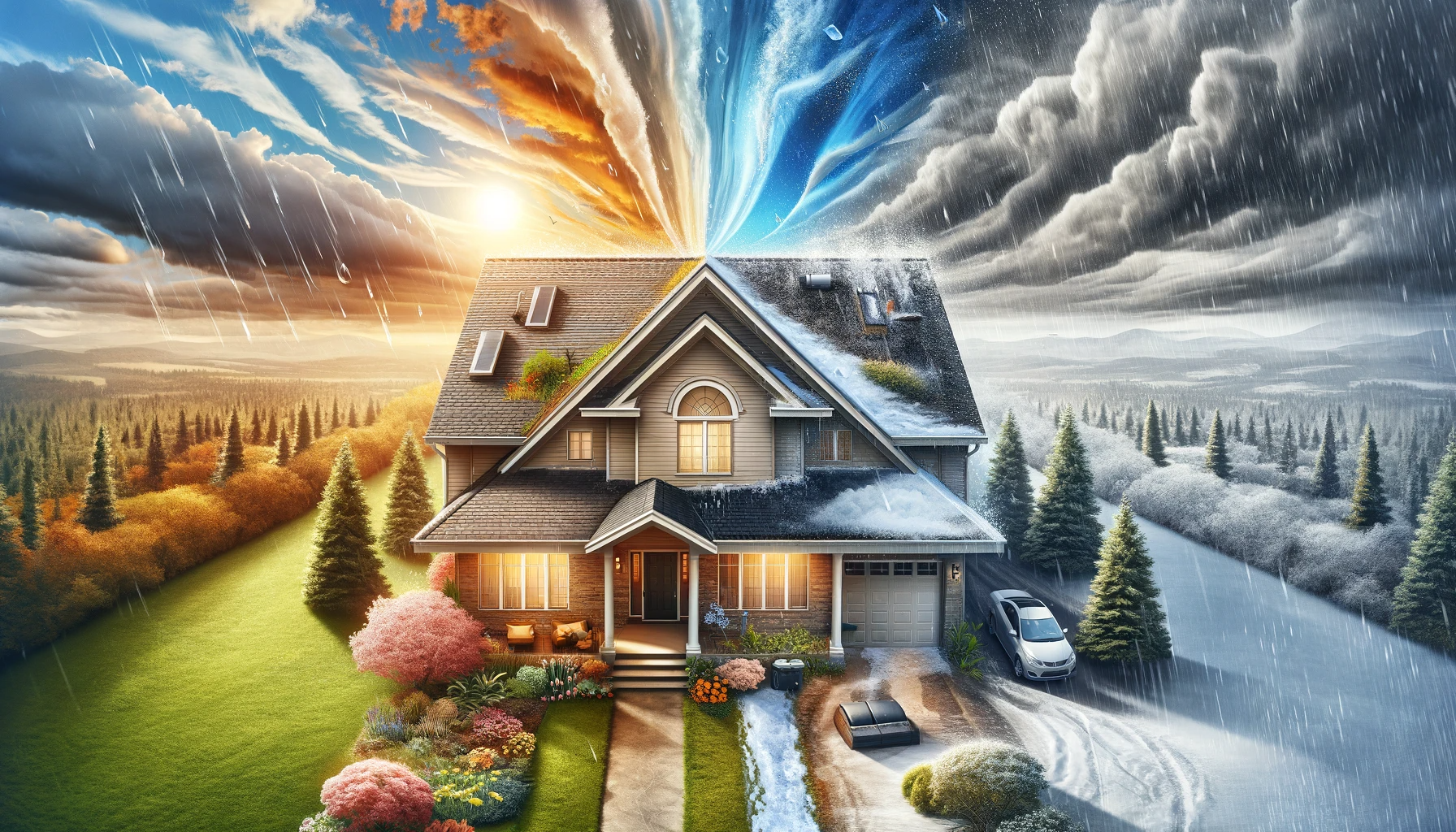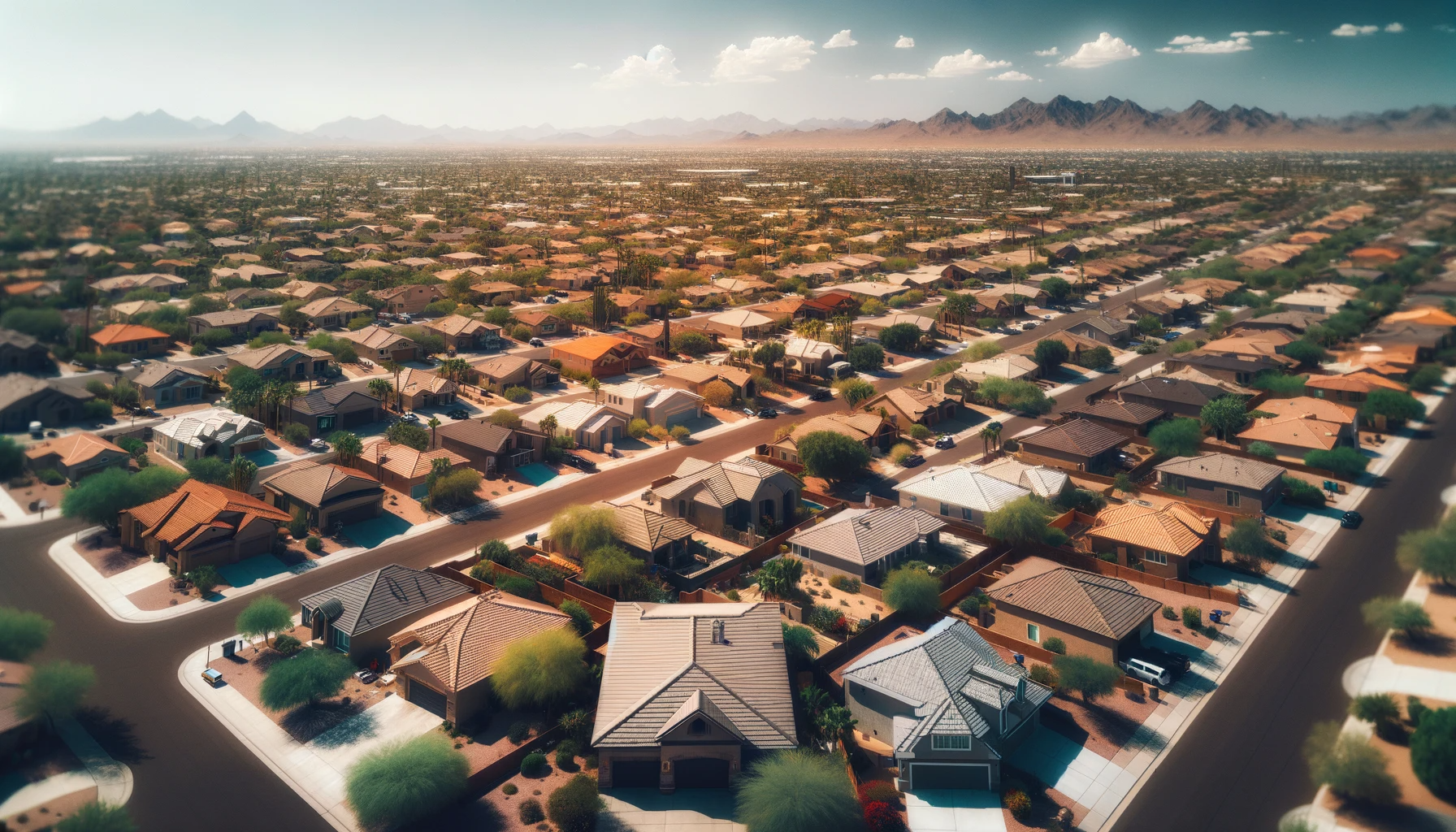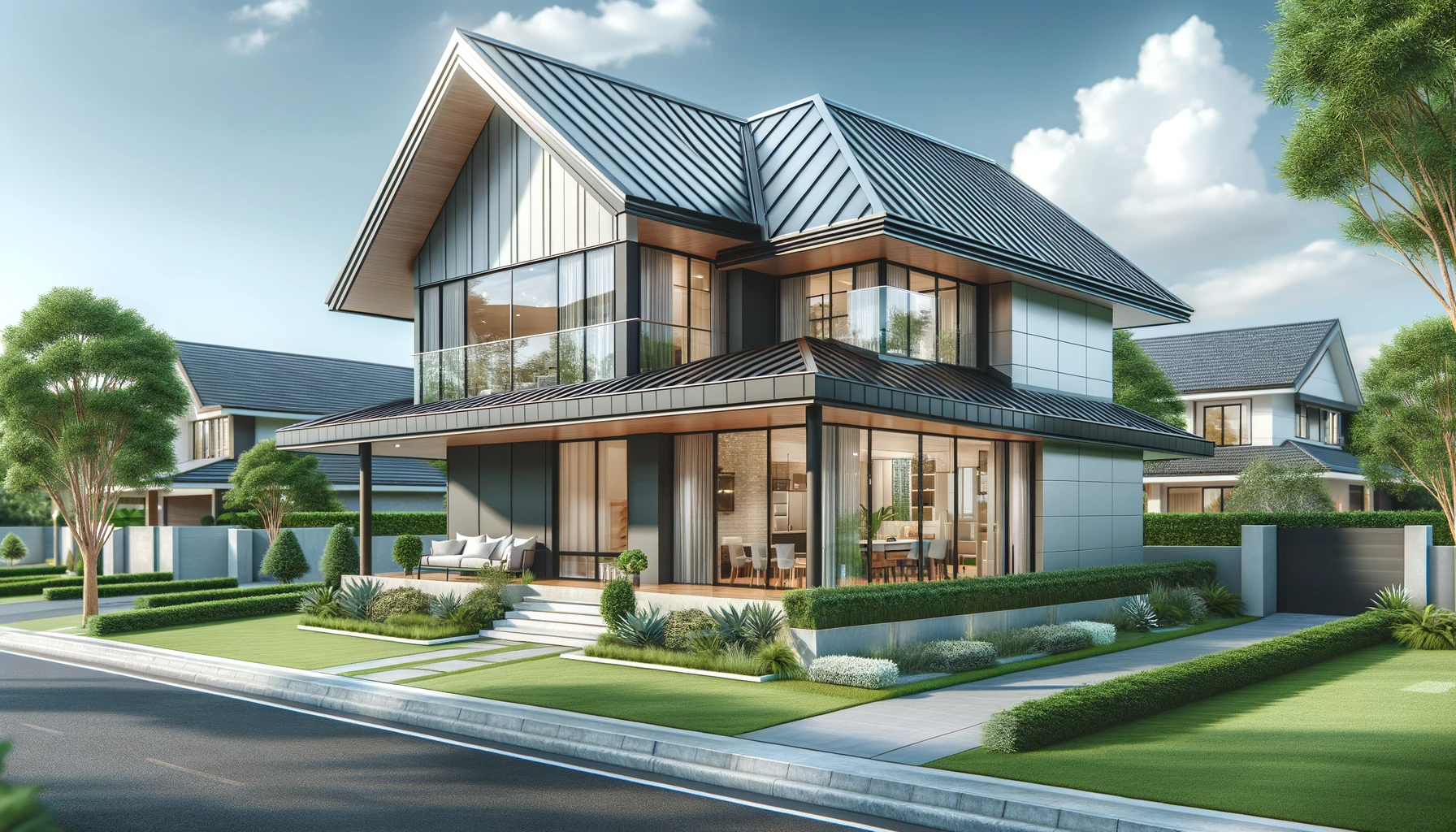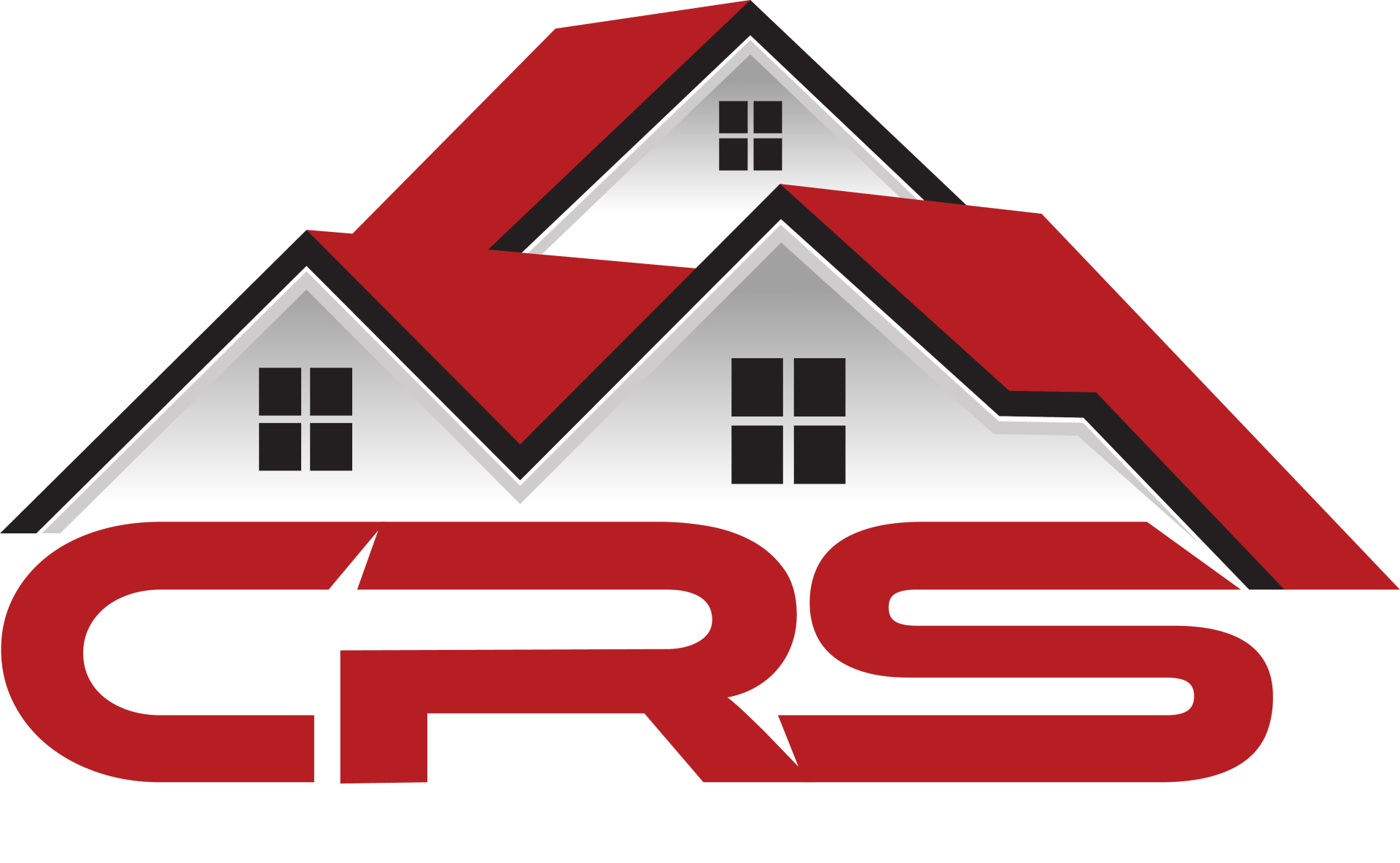The Science Behind Cool Roofs: Reflectivity and Efficiency
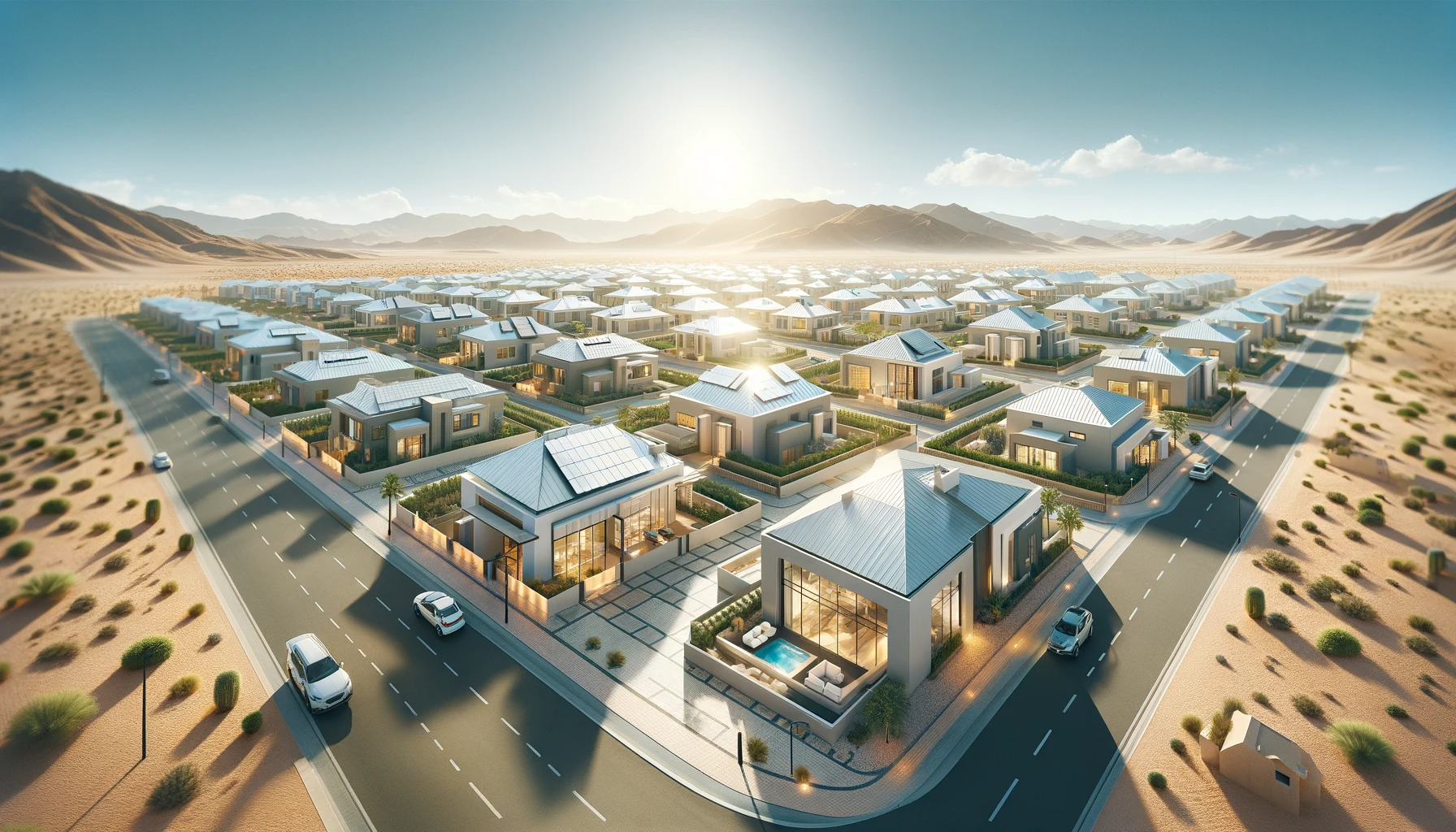
In the heart of Arizona's sun-bathed landscapes, the demand for energy-efficient solutions in home construction is more pressing than ever. Among the numerous innovations, cool roofs stand out as a game-changer, especially in cities like Phoenix and Tucson. This article delves into the science behind cool roofs, exploring how they contribute to energy efficiency, comfort, and sustainability in desert climates.
Understanding Cool Roofs
At its core, a cool roof is designed to reflect more sunlight and absorb less heat compared to a standard roof. This is achieved through the use of reflective materials that can include a range of options, from specialized roof shingles and tiles to a reflective type of paint. The effectiveness of these materials is measured in two key properties: solar reflectance and thermal emittance.
Solar reflectance is the ability of the roof to reflect the visible, infrared, and ultraviolet wavelengths of the sun, reducing heat transfer to the building. Thermal emittance, on the other hand, is the ability of the roof to radiate absorbed, or non-reflected, solar energy. High emittance values contribute to the roof's ability to cool itself and its surroundings by releasing heat.
Benefits in the Arizona Climate
The benefits of cool roofs in Arizona are manifold:
- Energy Savings: By reflecting more sunlight and emitting more heat, cool roofs can significantly reduce energy costs, especially during the hot summer months. This reduction in energy demand also leads to less stress on the power grid, contributing to a more stable and reliable energy supply.
- Improved Comfort: In buildings without air conditioning, or during power outages, cool roofs can keep indoor temperatures more comfortable.
- Reduced Air Pollution and Greenhouse Gas Emissions: Lower energy demand translates to fewer emissions from power plants, contributing to cleaner air and a reduction in greenhouse gas emissions.
- Extended Roof Lifespan: By minimizing thermal stress, cool roofs can last longer than traditional roofs. This is especially relevant in Arizona, where the intense sun can accelerate roof aging.
- Mitigating the Urban Heat Island Effect: In urban areas, the concentration of buildings and roads leads to higher temperatures compared to rural surroundings. Cool roofs help mitigate this effect by reducing heat absorption and emission.
Types of Cool Roofs
There are various types of cool roofs, suitable for different building styles and preferences:
- Cool Roof Coatings: These are like very thick paints that can reflect sunlight and can be applied to an existing roof.
- Single-Ply Membranes: These are sheets of rubber or other materials that can be installed on flat roofs. They are pre-fabricated to have high reflectivity.
- Modified Bitumen Roof Systems: These are layered roofs that can be made cool by applying reflective materials.
- Cool Roof Tiles and Shingles: Manufacturers produce these specifically to be highly reflective.
Installation and Maintenance
Installing a cool roof in Phoenix or Tucson involves careful consideration of the existing roofing structure and local climate conditions. Professionals like Complete Roofing Systems can assess these factors and recommend the best cool roofing solution. Maintenance of cool roofs generally involves regular cleaning to maintain high reflectivity, but it's generally less demanding than traditional roofing systems.
Financial Incentives and Rebates
To encourage the adoption of energy-efficient solutions like cool roofs, various incentives and rebates are available. These can include federal tax credits, local rebates, and utility company incentives. Homeowners and building managers should explore these options to make the transition to cool roofing more affordable.
Conclusion
The implementation of cool roofs in Arizona's urban landscapes is more than a trend; it's a practical response to the challenges posed by the region's intense heat and sunlight. By embracing this innovative roofing solution, homeowners and businesses in Phoenix and Tucson can enjoy significant energy savings, enhanced comfort, and a reduced environmental footprint. As we continue to seek sustainable practices in construction, cool roofs stand as a shining example of how science and technology can harmonize with nature to create smarter, greener living spaces.
